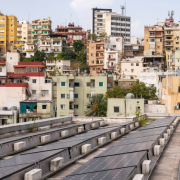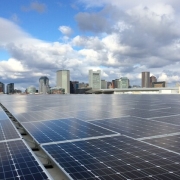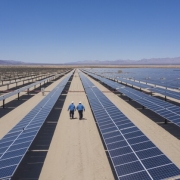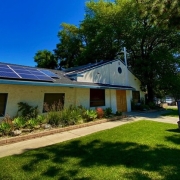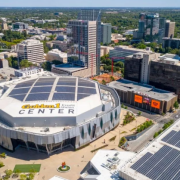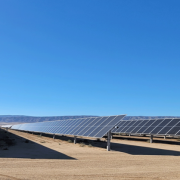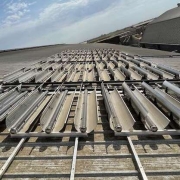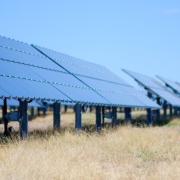In a remarkable first, scientists at the California Institute of Technology say they’ve successfully transmitted solar energy gathered by a satellite in orbit down to the Earth’s surface, as well as to nearby receivers in space.
Dubbed the Microwave Array for Power-transfer Low-orbit Experiment (MAPLE), the experiment was launched back in January as part of an exciting triptych of tests from Caltech’s Space Solar Power Project (SSPP).
“Through the experiments we have run so far, we received confirmation that MAPLE can transmit power successfully to receivers in space,” SSPP co-director Ali Hajmiri said in a press release. “We have also been able to program the array to direct its energy toward Earth, which we detected here at Caltech.”
Click here to read the full article
Source: yahoo! news
—
If you have any questions or thoughts about the topic, feel free to contact us here or leave a comment below.


